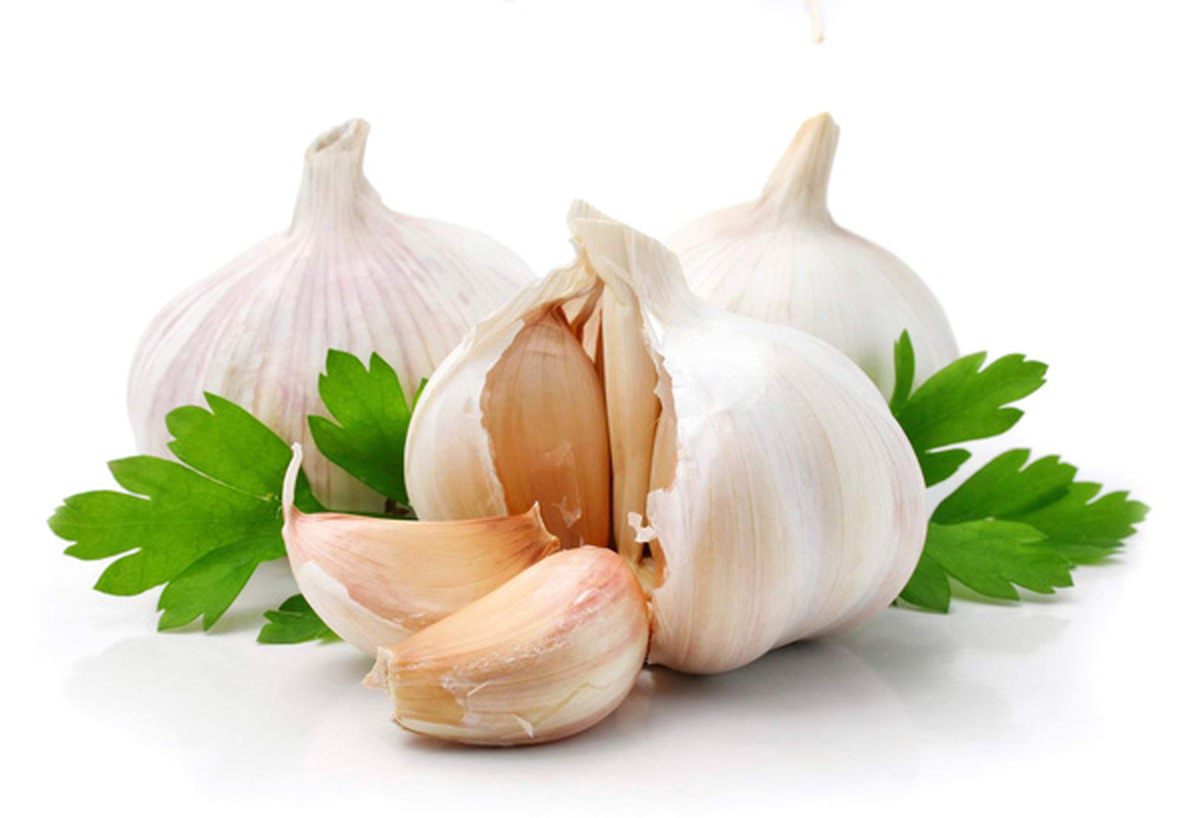| چکیده | ||||||||||||||||||||||||||||||||||
| هدف از این پژوهش تعیین تأثیر مصرف کوتاهمدت سیر بر فازهای ایزوکپنیک بافری و هیپوکپنیک پرتهویهای در مردان ورزشکار بود. سی مرد ورزشکار سالم (با میانگین سنی 87/0±05/20 سال، قد 76/4±67/178 سانتیمتر و وزن 9/8±55/71 کیلوگرم) به دو گروه همگن مکمل و دارونما تقسیم شدند. گروه مکمل هر روز 1000 میلیگرم مکمل سیر و گروه دارونما هر روز 1000 میلیگرم نشاسته به مدت یک هفته مصرف کردند. همة آزمودنیها قبل و پس از مکملسازی سیر در پروتکل درماندهساز وابسته به فرد شرکت کردند. V-Slope برای برآورد فازهای ایزوکپنیک بافری و هیپوکپنیک پرتهویهای توسط دستگاه تجزیه تحلیل گازهای تنفسی اندازهگیری شد. مساحت سطح زیر منحنی با استفاده از عملیات انتگرالگیری برآورد شد. برای مقایسه نتایج پسآزمون همراه با کنترل نتایج پیشآزمون به عنوان کوواریانس، از آزمون آماری آنکووا استفاده شد. نتایج نشان داد با مصرف هفت روزة مکمل قرص سیر، حجم اکسیژن مصرفی و دیاکسیدکربن تولیدی در آستانة هوازی، آستانة بیهوازی و بیشینه در گروه مکمل افزایش داشت؛ اما سطح زیر منحنی در فازهای ایزوکپنیک بافری و هیپوکپنیک پرتهویهای هیچگونه تفاوت معناداری را در دو گروه مکمل و دارونما نشان نداد. بر اساس یافتههای این پژوهش میتوان چنین ذکر کرد که سیر تأثیر مثبتی بر شاخصهای تنفسی گذاشته است و باعث به تاخیر افتادن خستگی میشود؛ اما احتمالاً به خاطر شیفت یکسان آستانة هوازی و بیهوازی به سمت راست، هیچگونه افزایش معناداری در سطح زیر منحنی فازهای ایزوکپنیک بافری و هیپوکپنیک پرتهویهای پدیدار نمیشود که انجام پژوهشهای آتی را اجتناب ناپذیر مینماید. | ||||||||||||||||||||||||||||||||||
| کلیدواژگان | ||||||||||||||||||||||||||||||||||
| مکمل سیر؛ مزاج؛ ایزوکپنیک بافری؛ هیپوکپنیک پرتهویهای | ||||||||||||||||||||||||||||||||||
| عنوان مقاله [English] | ||||||||||||||||||||||||||||||||||
| The effects of short-term garlic supplementation on the isocapnic buffering and hypocapnic hyperventilation phases in healthy young athletes | ||||||||||||||||||||||||||||||||||
| چکیده [English] | ||||||||||||||||||||||||||||||||||
| Purpose of this study was to investigate the short-term effects of garlic supplementation on the isocapnic buffering and hypocapnic hyperventilation phases in healthy young athletes. Thirty healthy young athletes (Age 20.05 ± 0.87 yr., Height 178.67 ± 4.76 cm, Weight 71.55 ± 8.9 kg) divided into two equal groups: supplementation and placebo. The supplement group received each day for a week 1000 mg of garlic pill and placebo group each day for a week 1000 mg of starch. All of the subjects participated before and after supplementation on self-dependent protocol. V-Slope was measured with the respiratory gas analysis system for estimating the isocapnic buffering and hypocapnic hyperventilation phases. Under curve surface area was estimated using of integration function. Analysis of covariance (ANCOVA) aimed to control the pre-test scores as a covariate was used to analysis the data. Results indicated that short-term garlic supplementation despite of positive effects on the aerobic and anaerobic thresholds as well as the peak values, has no a significant effect on isocapnic buffering and hypocapnic hyperventilation phases. Based on the results we can conclude that presumably short-term supplementation of garlic shifts the isocapnic buffering and hypocapnic hyperventilation area to the right side and delay fatigue which has to be studied in the future. | ||||||||||||||||||||||||||||||||||
| کلیدواژگان [English] | ||||||||||||||||||||||||||||||||||
| Garlic supplement, Temper, Isocapnic buffering, Hypocapnic hyperventilation | ||||||||||||||||||||||||||||||||||
| مراجع | ||||||||||||||||||||||||||||||||||
| ||||||||||||||||||||||||||||||||||
چهارشنبه, ۱۴ مرداد ۱۳۹۴، ۰۱:۳۷ ب.ظ
۹۴/۰۵/۱۴
ارسال نظر آزاد است، اما اگر قبلا در بیان ثبت نام کرده اید می توانید ابتدا وارد شوید.

